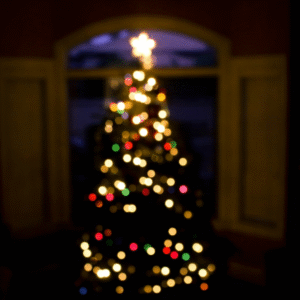A Historic Moment for the Catholic Church
The Catholic world is buzzing with excitement after the election of Pope Leo XIV. On May 8, 69-year-old Robert Prevost, formerly a cardinal, was confirmed as the new head of the Catholic Church. This marks a milestone — Pope Leo XIV is the first American ever to hold the position.
Celebration Meets Conspiracy
While most Catholics celebrate this historic election, conspiracy theorists express unease. Why the concern? An ancient prophecy has resurfaced, suggesting Pope Leo XIV might be the final pope.
The Prophecy of the Popes
This chilling prediction, called the Prophecy of the Popes, traces back to Saint Malachy, a 12th-century Irish mystic. According to USA Today, the prophecy claims there would be 112 popes after Malachy, with the last one known as “Peter the Roman.”
Some theorists now try to connect this figure to Pope Leo XIV. However, experts quickly point out major flaws.
Does “Peter the Roman” Fit?
First, the name doesn’t match. Pope Leo XIV, born Robert Francis Prevost, holds American and Peruvian citizenship — not Italian. That makes the link to “Peter the Roman” shaky at best.
Others previously tried to tie this mysterious figure to Pope Francis, but that theory also fell apart. Back in 2013, Josh Canning, director of Toronto’s Chaplaincy at the Newman Centre, stated bluntly, “I don’t know how you can connect Peter the Roman with Pope Francis.”

Experts Call It a Forgery
Many religious scholars outright dismiss the prophecy. Fr. James Weiss, an Episcopal priest and professor at Boston College, calls the prophecy “a forgery.” He explains, “The prophecies are a forgery. I don’t believe there’s any credibility to them.”
He also challenges dramatic phrases like “city of seven hills” and mentions of a “dreadful judge,” suggesting they might refer to national events, not a global disaster.
Decoding the Cryptic List
Fr. Weiss explains that Malachy’s supposed list includes 112 cryptic phrases, starting with Celestine II, who became pope in 1143. The popes are never named directly. Instead, vague mottos like “swift bear” or “rose of Umbria” appear.
Interestingly, Weiss notes that from Malachy’s time up to the late 1500s, the descriptions often match real popes. After that, though, the connections become hit-or-miss. Some phrases loosely fit, while others feel like a stretch.
Spotlight Returns After Pope Francis’s Death
The ancient prophecy shot back into the public eye after Pope Francis died on April 21 at age 88. Many thought Francis might have been the 112th pope — raising the eerie possibility that no more popes were foretold.
Historians Push Back
However, historians push back strongly. Joëlle Rollo-Koster, a medieval history professor at the University of Rhode Island, emphasizes the lack of evidence. She says, “As a historian, I am hardcore on the evidence, and that, for me, is the ultimate proof that Malachy did not utter prophecies or write prophecies.”
Moving Forward
So, while the Prophecy of the Popes sparks imagination, the actual link between it and Pope Leo XIV seems flimsy. Despite conspiracy theories, Pope Leo XIV stands as a remarkable figure to watch. Yet, don’t expect this prophecy to shape his future.




